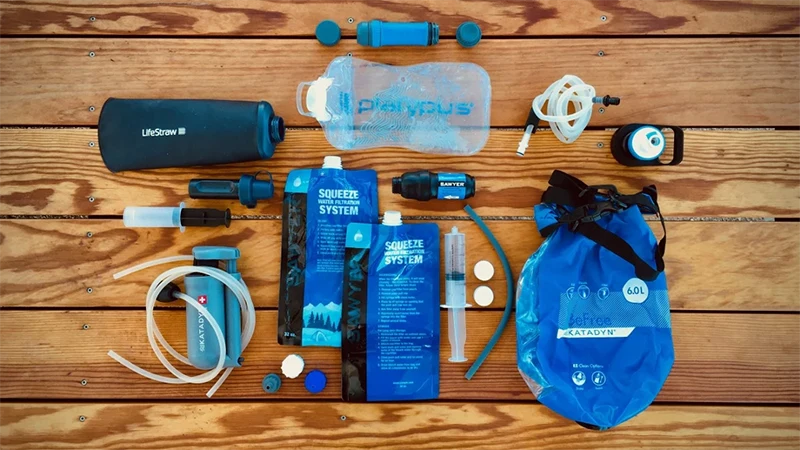

In some neighborhoods in drought-prone Kenya, clean water is scarce. Filters are one solution.
The Athi River, on the outskirts of Kenya’s capital Nairobi, is choked by plastic and other waste.There's no piped water or sewage system in the area, and drought has made clean water supplies more scarce and expensive.Twice a week, trucks with 5,000 to 10,000 liters (1,300 to 2,600 gallons) of water will fill up vending stations across Athi River, where residents can buy 20 liters (five gallons) for 20 Kenyan Shillings ($0.16).
A household of four needs about five gallons a day, weekly incomes are about $13, according to data from Kenya’s Finance Ministry.
Many rely on unsafe alternatives if they miss out on the trucked-in stocks. Residents take yellow jerrycans to a swamp to draw water for cooking and cleaning, leaving them vulnerable to germs and contaminants that can’t be boiled out of the water.For those whose homes are kitted out with water filters, distributed by a local nonprofit, the nearby river — though polluted, prone to drought and usually unsafe for drinking — is becoming a cheaper and sometimes more reliable source of clean water.
And while advocates say underlying issues like climate change-fueled drought and poor water management need to be urgently addressed, solutions like filters make a short-term difference because deliveries are often not enough for the neighborhoods’ needs.
Nonprofit organization, Bucket Ministry, has been providing communities around Nairobi and other parts of Kenya with the easy-to-use water filters.
From the Squad
Campfire conversations with our community, from Squad Members and Ambassadors to Brand Partners and the Sawyer team.

















